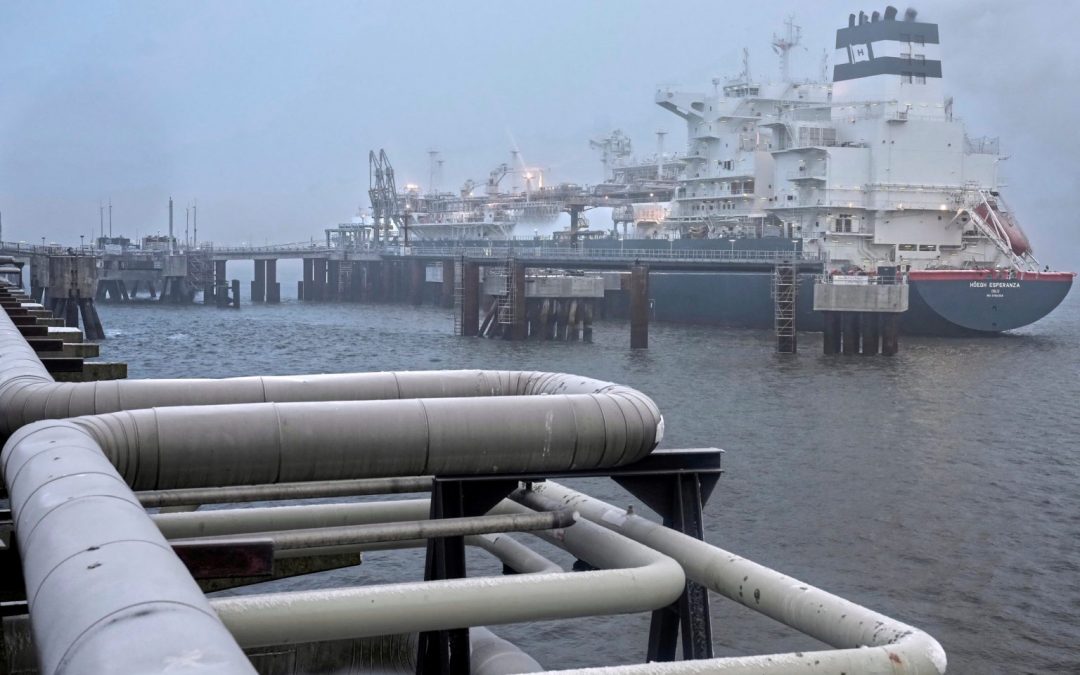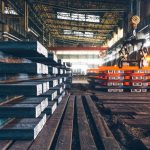LNG shipping market participants are divided over the fate of six Arc7 LNG carriers currently under construction in South Korea originally meant for the Russian Arctic LNG 2 project operated by Novatek.
The construction of Arc7 icebreaking LNG shipcarriers, which have a capacity of 172,600 cu m of LNG, has been a significant leap forward in the newbuild market. The vessels are highly specialized to operate in icy conditions, making them an ideal vessel for LNG shipping from Arctic regions.
However, because of geopolitical tensions involving Russia’s invasion of Ukraine, sanctions have made these vessels extremely unattractive, and their future use is uncertain, particularly as buyers move away from Russian LNG in favor of the US and Middle East.
“Arc7 vessels are very specialized and hence a pricy carrier,” a shipbroker said. “It is not feasible and efficient to use it as a conventional carrier, so there are not many solutions.”
Some sources have said a conversion into floating storage and regasification units would be impractical, adding that they were more likely to be used as conventional LNG carriers.
“An FSRU seems to me an even more radical idea, as you have abundance of older tonnage which perfectly fits for retrofitting purposes” another shipbroker said.
Because of Russia’s war in Ukraine, embargoes and sanctions have halted the feasibility of these vessels. However, in the longer term, shipping of Russian LNG is likely to resume, according to some market sources, allowing these ships to return to the Arctic Sea for loading.
“It is my understanding that the US is endeavoring to impose sanctions on a project aimed at restricting Russia’s supply,” an Asia-based shipbroker said. “I posit that these vessels may be integrated into the system due to emissions regulations, resulting in the gradual phase-out of older vessels.”
Another shipbroker said: “They will mostly work as LNG carriers for some time …As things will change in the future she will go back to Arctic trade.”
Earlier in the year, the US imposed sanctions on the Russian state-backedZvezada shipyard and shipbuilding complex that builds ships for the Arctic LNG 2 project.
Other market sources within the Atlantic Basin also agree that global markets will eventually turn back to Russian LNG, arguing that Russia remains too much of an important LNG exporter.
“You cannot avoid Russia in the long term,” one European shipbroker said. “China and India are still very big consumers [of Russian LNG].”
Platts, part of S&P Global Commodity Insights, assessed Atlantic TFDE day charter rates at $35,000/d on April 16 and two stroke carrier rates at $46,500/d. Similarly, in the Pacific Basin, TFDE carrier day rates were assessed at $36,500/d and two stroke carrier rates at $50,500/d.
Source: Hellenic Shipping News





